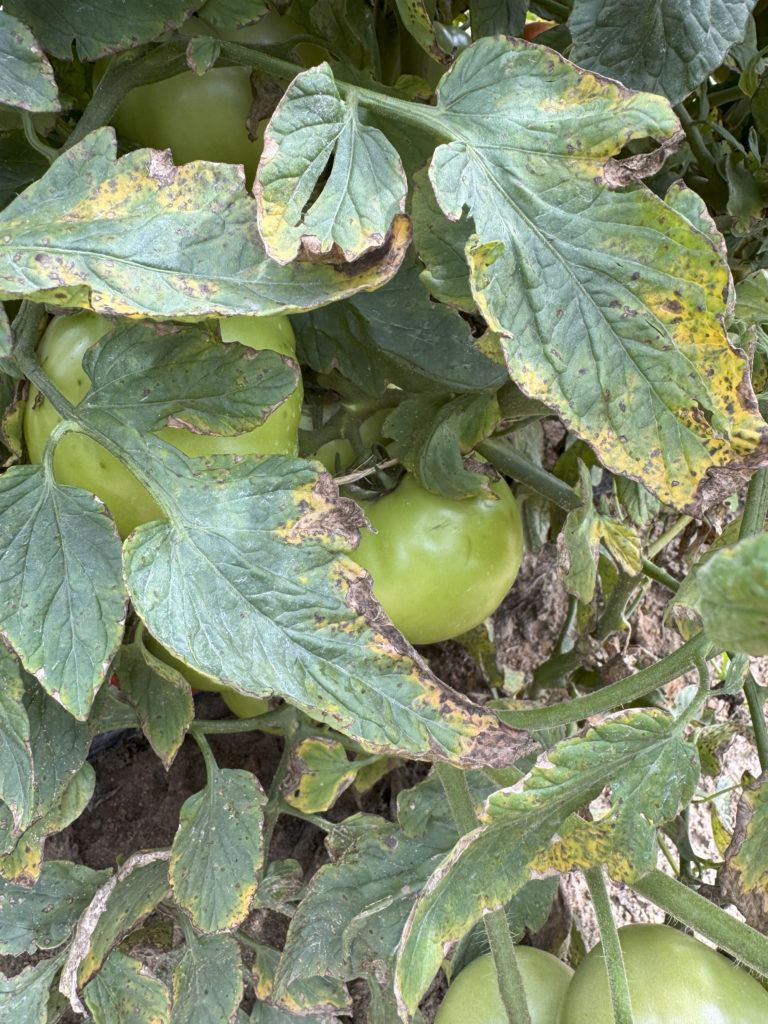
By Clint Thompson
Alabama vegetable growers must be aware that bacterial spot disease has been observed in tomatoes in South Alabama.
Ed Sikora, professor and Extension plant pathologist in the department of entomology and plant pathology at Auburn University, discussed the disease and its propensity to becoming widespread.
“One (disease) I saw down in the Wiregrass is bacterial spot. It’s starting up now. It shows up in the lower canopy, much like early blight. That one is a little harder to control. Growers will use Actigard and copper. That one can take off,” Sikora said. “Bacterial spot is obviously a bacterial disease. You’ll get angular spots that often merge. You might start seeing leaf tissue tear, rip out or drop out.”

According to the most recent release of the U.S. Drought Monitor, Alabama has sufficient moisture. It has zero dry conditions being reported after a very wet summer. The combination of wet weather and copper-resistant bacterial strains make the disease a challenge to manage.
Sikora estimated in 2020 that between 75% and 80% of populations of the bacterial spot pathogen are resistant to copper, which had been the chemical product of choice for growers. It will keep the populations down but does not clean it up entirely. Tomato growers are tolerating the disease instead of controlling it completely.
The disease is spread by rain, workers and tools. The best method for control is to rotate crops and field sites and remove any plant debris and eliminate potential hosts.










